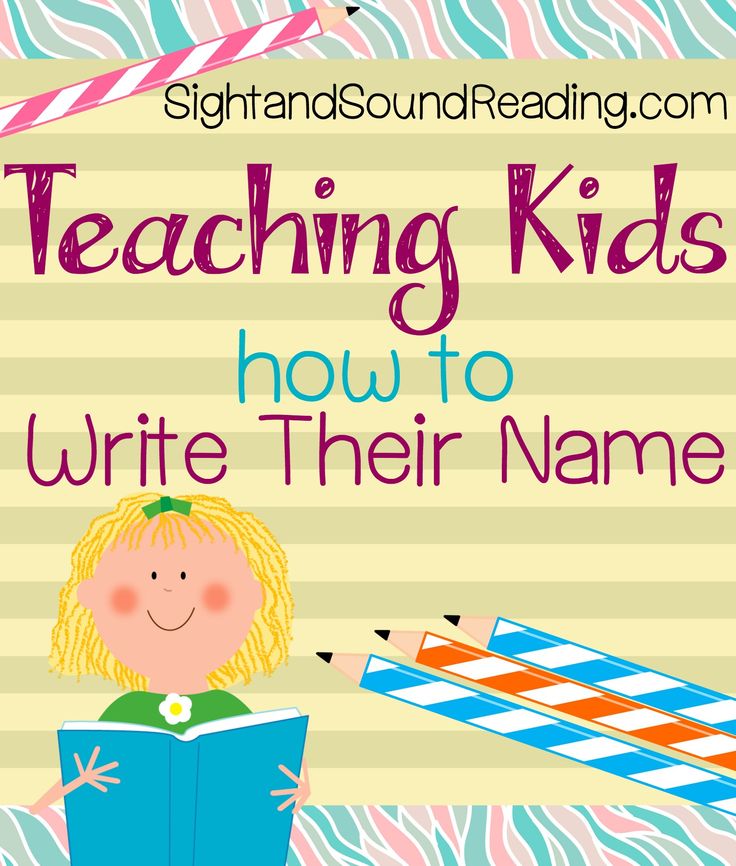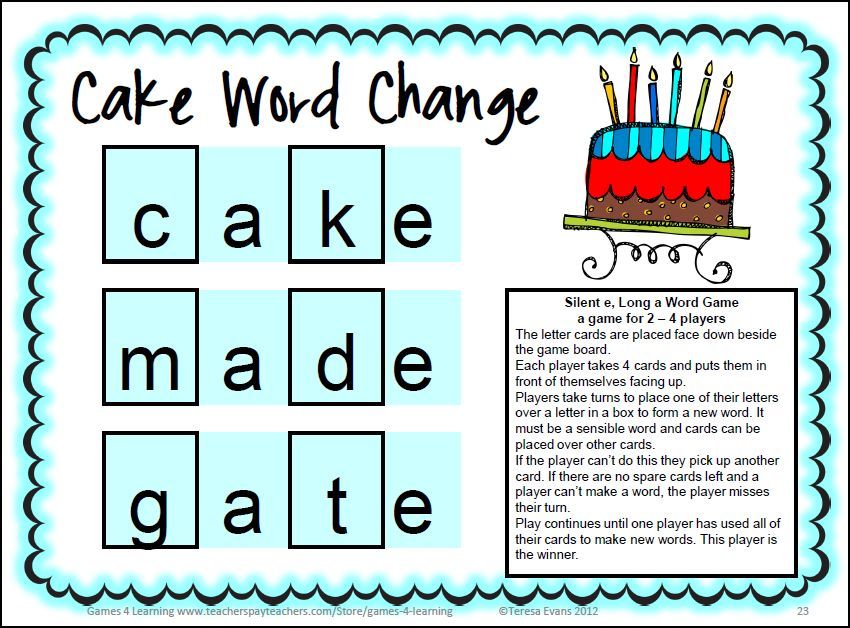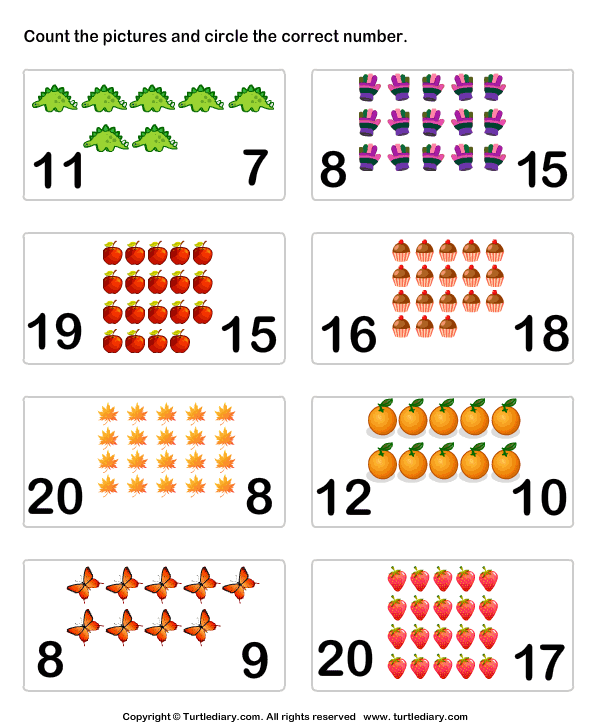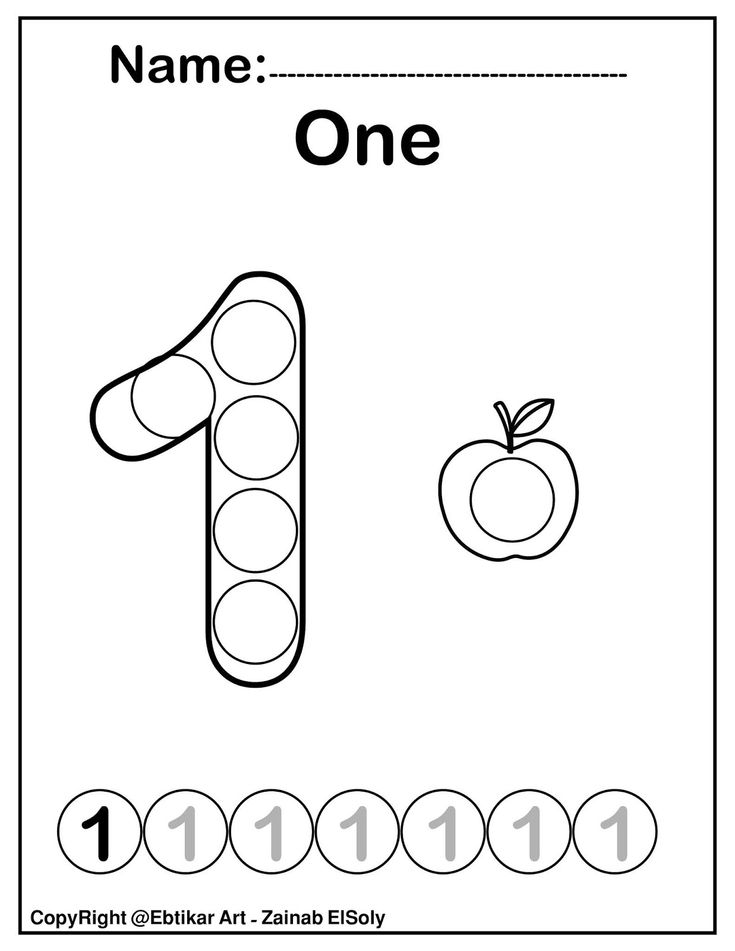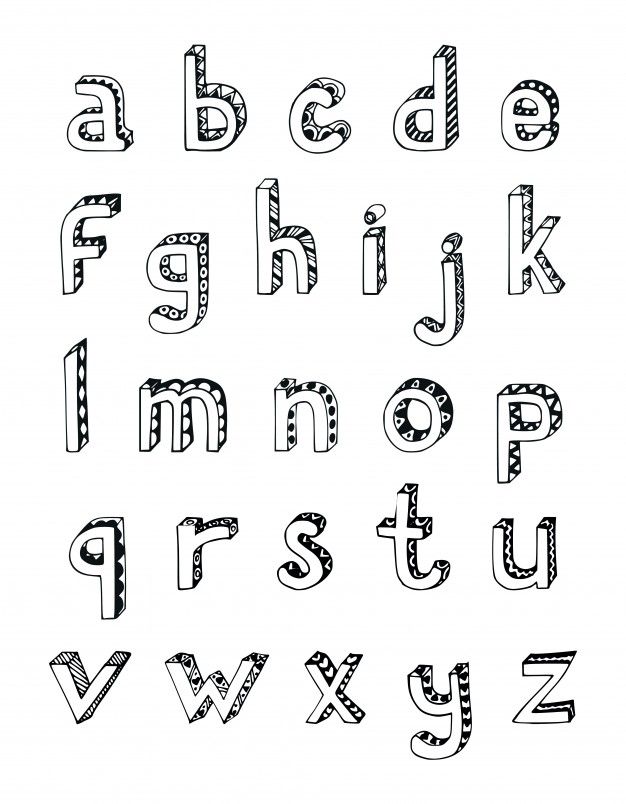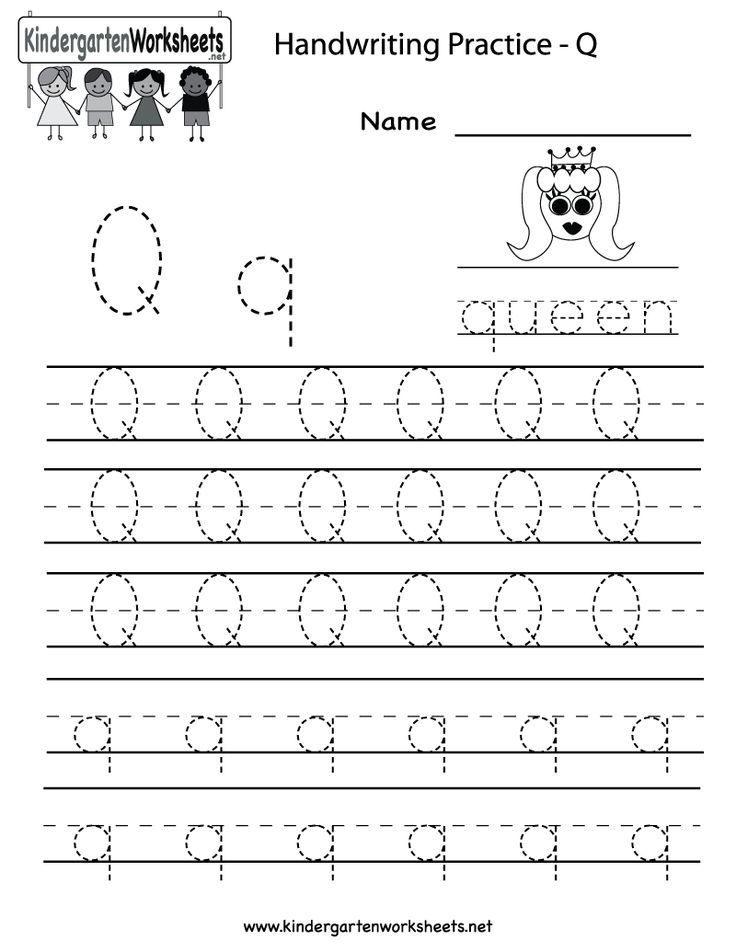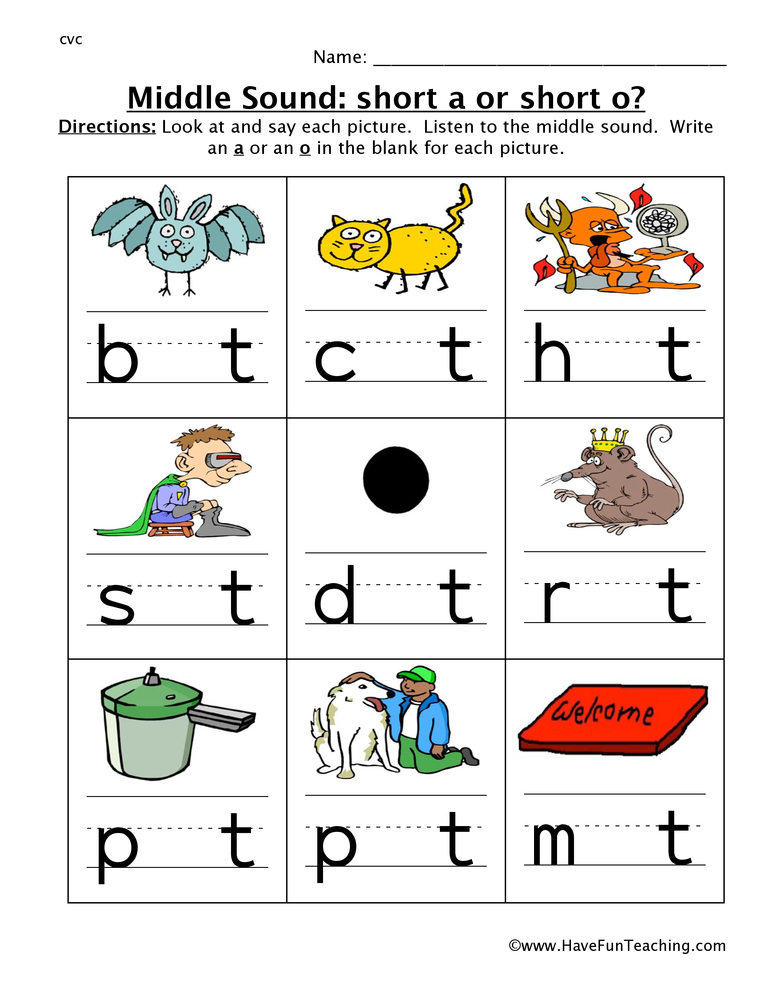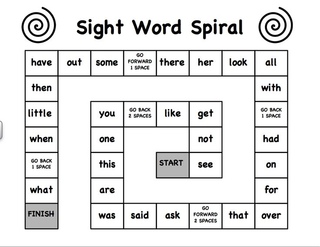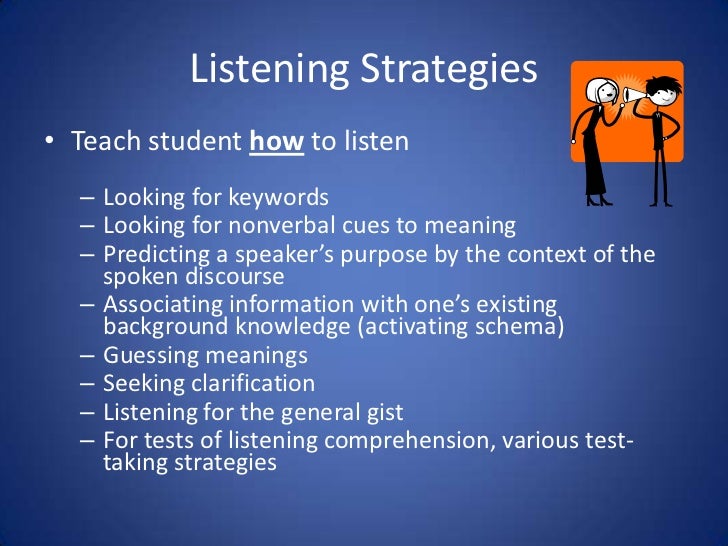What are reading levels on books
How to Determine the Reading Level of a Book
This content contains affiliate links. When you buy through these links, we may earn an affiliate commission.
Fountas and Pinnell, Lexile Level, Primer, Pre-primer, Beginning Reader are all terms you may have heard if you have a young reader in your house. Seriously, what does it all mean? Is there actually a way how to determine the reading level of a book? If your child can read The Cat in Hat, which is a level J in Guided Reading, can she independently tackle Diary of a Worm, which has a Lexile Level of 510L or is she ready for Keena Ford and the Second Grade Mix-Up, even though that one has a DRA of 30?
Through this post, I am going to attempt to elucidate and explain reading levels. So scroll through to find the system that your child’s teacher uses or pour yourself a large cup of coffee and sift through all of the various ways educators, librarians, and book publishers level and categorize books for young readers.
Reading Levels Are Like Starbucks Sizes
I admit, I don’t visit Starbucks unless I have a gift card. I am also that person who goes to Starbucks and still tries to order a large iced tea. The barista calmly asks if I would like a venti or a trenta and then explains that I need to choose between Passion Tango, Matcha Green, or Guava White Tea. Then comes the question of sweetened, unsweetened, or added lemonade.
For the young reader, finding a book that can be read independently can be as tricky as remembering all of the variables in a Starbucks order. Little readers who are not familiar with reading levels or taught to find a “good fit book” often go for books that are too easy and boring, too difficult and frustrating, or, like my kindergarten son, books that have too many unreadable Star Wars planet names like Kashyyyk. If a child knows her reading level, she can find books that contain sight words she knows, plot lines that are not too advanced, and vocabulary that is manageable.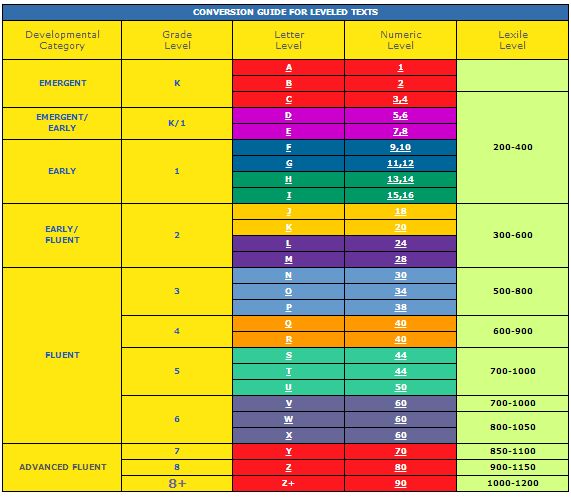
Explain the Levels, Please
There are many different ways that books are leveled. Here are the three most popular methods for how to determine the reading level of a book.
Developmental
Children become readers by moving through different developmental reading stages. These stages range from the emergent pre-reader to the expert fluent reader. Typically, the emergent pre-reader is between six months and six years of age, while the expert fluent reader is 16 years and older. The developmental categories are broader categories than many of the other leveling systems.
Letter Levels
When I taught first and second grade, I found letter levels to be the most kid friendly way to organize a classroom library. If your child’s school levels books using Fountas and Pinnell, Reading A-Z, Scholastic Books, or Guided Reading Levels, then books will be leveled using a letter system. While it would be nice, these leveling systems do not always correlate. A book that is a Reading A-Z Level P, is not always a Level P using the Guided Reading Levels.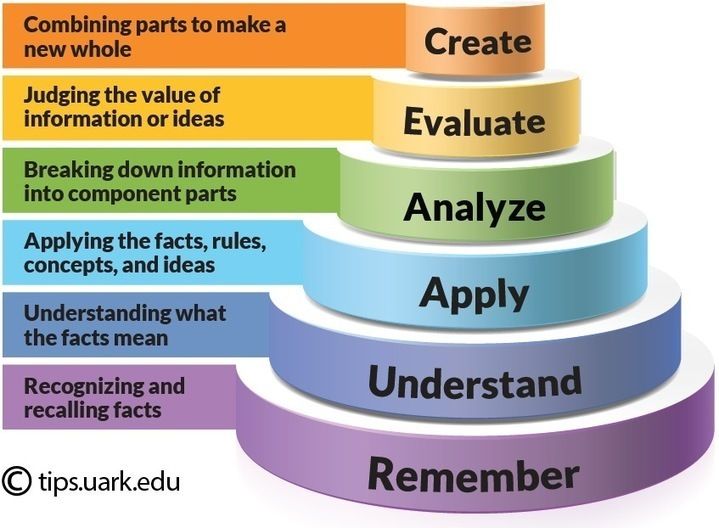
Number Levels
Books can be leveled through such systems as Lexile Numbers, The Direct Reading Assessment (DRA), and Reading Recovery. These systems measure texts by complexity and a reader’s skill level and then assign a number.
I Have My Child’s Reading Level, Now What?
Throughout the school year, your child’s teacher will probably perform reading inventories or assessments with your child. These will determine your child’s reading level.
If you homeschool or your child’s school does not use leveled reading, then use a simple test called the “five finger test” to roughly determine your child’s reading level. Have your child choose a book and open to the second page. Ask your little one to read the text out loud. If your child struggles with independently reading five or more words on that page, the book is too difficult and is not a good fit. You should also ask some comprehension questions to make sure that your young reader understands what she is reading.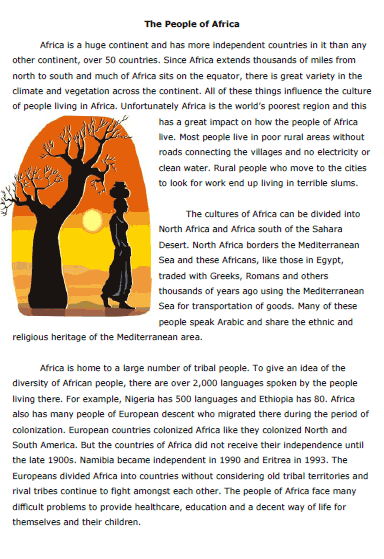 When a book passes the five finger test, use one of the links below to determine that book’s reading level.
When a book passes the five finger test, use one of the links below to determine that book’s reading level.
Once you have the reading level, take a look at these five helpful websites, apps, and charts that will help you and your child find or level the perfect book:
- Book Wizard : Type in the title of a book to retrieve the Guided Reading Level and grade level.
- Lexile Find-a-Book :Visit this site to find the Lexile Number for a specific book or to generate a list of books with a particular Lexile Number.
- Reading A-Z Level Correlation Chart : This is the best conversion chart out there for reading levels.
- Reading Levels Explained : Check out this very clean and user friendly site if you are still feeling overwhelmed by all of the reading level systems.
- Literacy Leveler app : Download this app and then use it to scan a book’s ISBN to see its Lexile, DRA, and GRL.
Levels Should be Helpful, Not Stressful
Reading levels should not feel restrictive.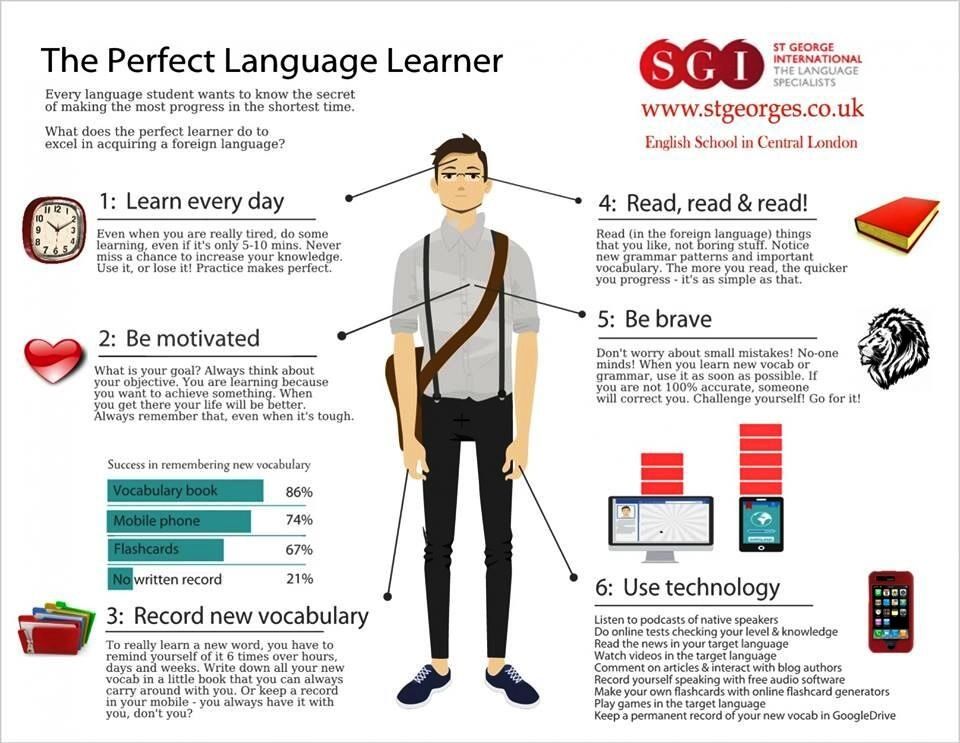 They should be used as helpful tools and not as a draconian system that kills the love of reading. Encourage your child to read books on her level, but don’t be upset if she chooses to reread an old favorite or picks up a nonfiction book that has some advanced vocabulary. Imagine how horrible it would be if adults had to always adhere to a reading level. I am well aware of the fact that some of my beach reads are probably a fourth grade reading level, with a Guided Reading Level of Q, 820L, and DRA of 40. I may not always be challenged as a reader, but it is still fun to sip my trenta Passion Tango unsweetened iced tea and enjoy a book simply for the fun of reading.
They should be used as helpful tools and not as a draconian system that kills the love of reading. Encourage your child to read books on her level, but don’t be upset if she chooses to reread an old favorite or picks up a nonfiction book that has some advanced vocabulary. Imagine how horrible it would be if adults had to always adhere to a reading level. I am well aware of the fact that some of my beach reads are probably a fourth grade reading level, with a Guided Reading Level of Q, 820L, and DRA of 40. I may not always be challenged as a reader, but it is still fun to sip my trenta Passion Tango unsweetened iced tea and enjoy a book simply for the fun of reading.
Need some books to practice leveling? Help yourself to 50 Must-Read Books for Beginning Readers, 20 Must-Read Books for First Graders and Second Graders, The Best Chapter Books for Kids: Engaging with Words, and 70 Must-Read Books for 3rd Graders.
Understanding Reading Levels & How They Are Assessed | Prodigy
When your child is first learning to read, reading levels are an important tool for helping them move forward without the struggle. But did you know even older readers can benefit from being matched with the appropriate reading level?
But did you know even older readers can benefit from being matched with the appropriate reading level?
In this article, we’ll discuss how reading levels are used and how your child’s level is determined. With the right reading materials, your child can master reading and enjoy it for years to come!
What are reading levels?
Reading levels are a detailed way to pair your child’s reading ability with books they can successfully read and understand.
Reading levels are an effective way to measure a child’s reading progress. If your child is primarily reading books at or just above their determined reading level, they are more likely to find reading enjoyable.
As parents, we’ve all seen how reading can become frustrating. If a beginner reader tries to read a book that is far beyond their abilities, they may simply decide that reading is just too hard. And this frustration can create an overall dislike of reading and books. This is what leveled reading strives to avoid.
How is your child’s reading level assessed?
There are several different methods for measuring your child’s reading skills and classifying the books they will read.
We’ll be discussing the four most popular leveling systems in the next sections. Read on for the details on the GRL, DRA, AR and Lexile reading level measurements.
Guided reading levels (GRL) explained
Guided reading levels, or GRL, are based on the reading levels system developed by Irene Fountas and Gay Su Pinnell. For this reason, you’ll also often see GRL called Fountas & Pinnell.
This system classifies reading levels alphabetically from A to Z, with A corresponding to the earliest readers and Z falling in line with texts at or above an eighth grade level.
Books are grouped into the appropriate level based on the following considerations:
- Word repetition
- Sentence length
- Total word count
- Sentence complexity
- Number of different words
- Inclusion of supportive illustrations
- Amount of high-frequency (or most common) words
Because several GRL levels fall into each grade level, this is a precise way to classify reading materials.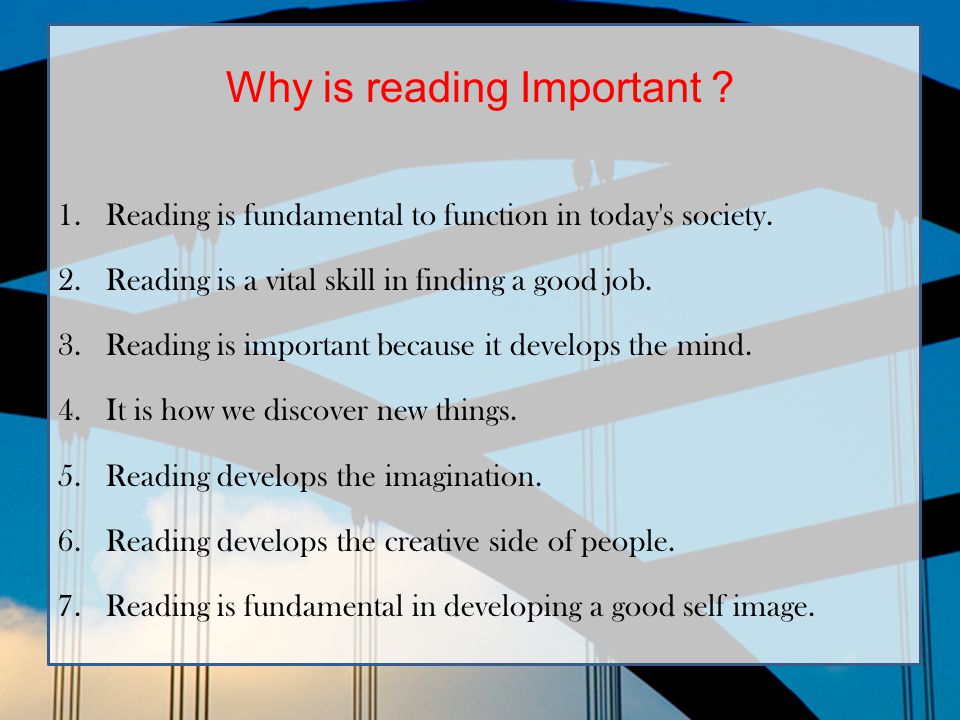 Not all second graders read at one level. But when second grade is split between levels I, J, K, L and M, more children will be able to find the right books to keep their motivation and confidence high.
Not all second graders read at one level. But when second grade is split between levels I, J, K, L and M, more children will be able to find the right books to keep their motivation and confidence high.
Developmental Reading Assessment (DRA)
The DRA, or Developmental Reading Assessment, helps identify how well students are reading independently.
This system matches the child with books on a numbered reading scale from 1 to 80 (it actually starts with A, but then all other levels are numbered. Confusing — yes, but unless your child is at the very beginning of reading, look for a number).
Your child’s score on the assessment is based on how well they perform against grade-level standards. The DRA looks at your child’s reading ability in three areas.
- Reading fluency
- Reading accuracy
- Reading comprehension
Like GRL, the different grade levels contain several DRA levels. For example, second grade includes DRA levels 18 to 28.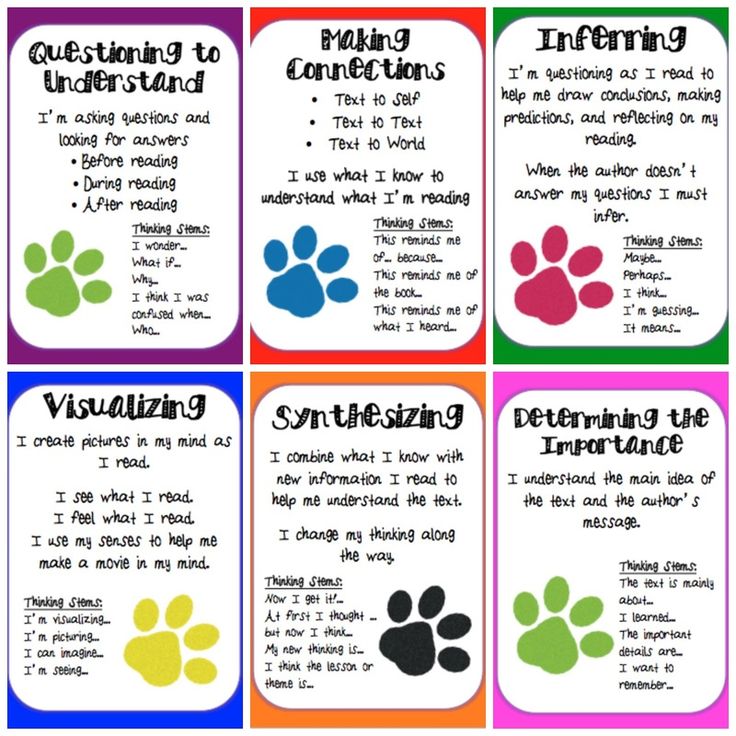 Once your child’s reading level is determined, they will be paired with leveled books to help them progress and improve.
Once your child’s reading level is determined, they will be paired with leveled books to help them progress and improve.
Lexile measurement
The Lexile framework for reading is a measurement system that includes two different measures — both a student assessment and a system for measuring book levels. Your child’s Lexile reading measure is determined from a school or state-wide test that checks for reading comprehension.
A Lexile reader measurement can fall between BR for beginning readers (which is below 0L), to above 2000L. Your child’s reading level can then be paired with books using their Lexile text measurement.
Over one million books, websites and other texts have received a Lexile text measure. Lexile recommends choosing books or texts for your child that fall between 100L below to 50L above their reading measure. This is deemed your child’s reading comprehension sweet spot.
Don’t know where your child falls? Talk to their teacher to see if their school uses the Lexile assessment.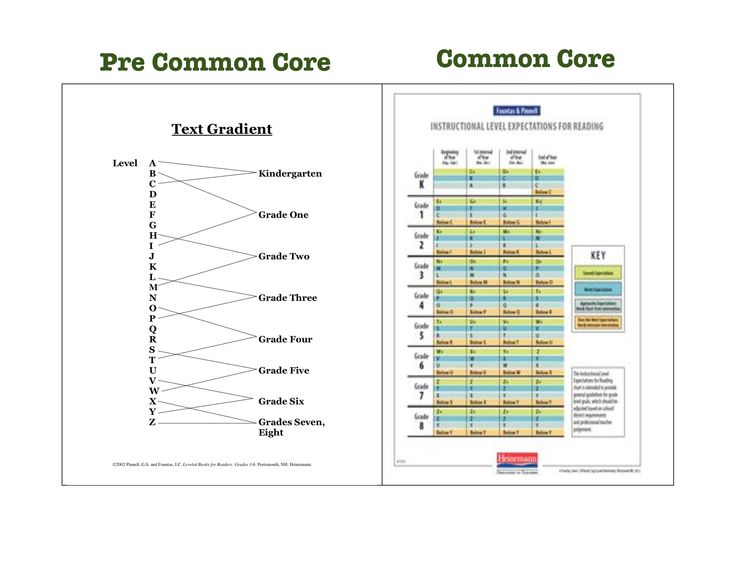 If so, they can provide you with your child’s most current measure.
If so, they can provide you with your child’s most current measure.
The Lexile framework is great for pairing more advanced readers with books that are still age-appropriate. If your child is reading above their level in the third grade, you don’t necessarily want them reading books with themes meant for seventh graders. Ask their teacher or use the Lexile website to discover age-appropriate books that will still hold their interest.
Accelerated Reader (AR) Levels
Your child’s Accelerated Reader (or AR) level is determined from a computerized test. After reading a book of their choosing, your child takes an online test on the book to measure their reading comprehension and earn points.
Based on the test score, your child’s teacher or librarian can help recommend more books to match your child’s level. If they struggled with their last book, easier options will be given. If they had zero trouble understanding the book, they’ll be encouraged to choose more difficult texts moving forward.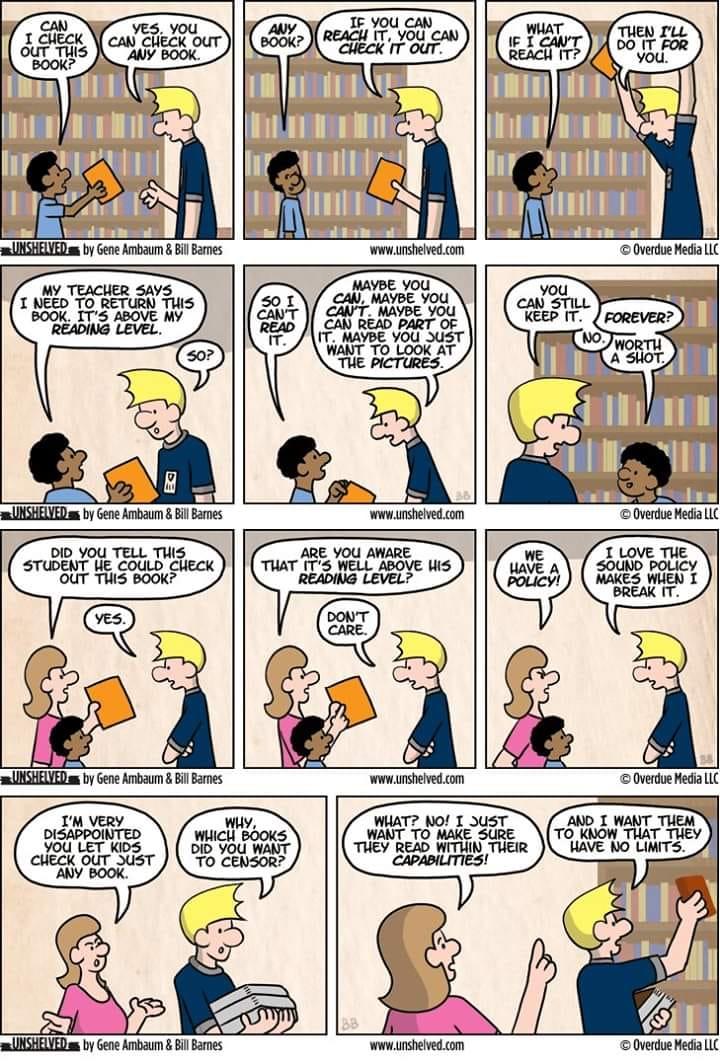
The AR reading levels fall on a numeric scale that closely correspond with expected grade levels. A second grader in the fourth month of the school year will, on average, be reading books at level 2.4. A fourth grader in the first month of the year will average level 4.1, and so on.
Reading level correlation chart
We’ve discussed several different reading measures, but how do they correspond with expected grade levels? And how does each measure relate to the others?
Use this handy chart from Reading A-Z to see how your child’s reading level fits into the different systems. Or check out the one below from Traci Clausen.
Reading level FAQs
1. How can I find level-appropriate books for my child?
First, ask their teacher or the school’s librarian for recommendations. They know your child’s interest and reading ability better than any computer resource. They will also be up to date on children’s books, including what is on level but also age-appropriate for your child.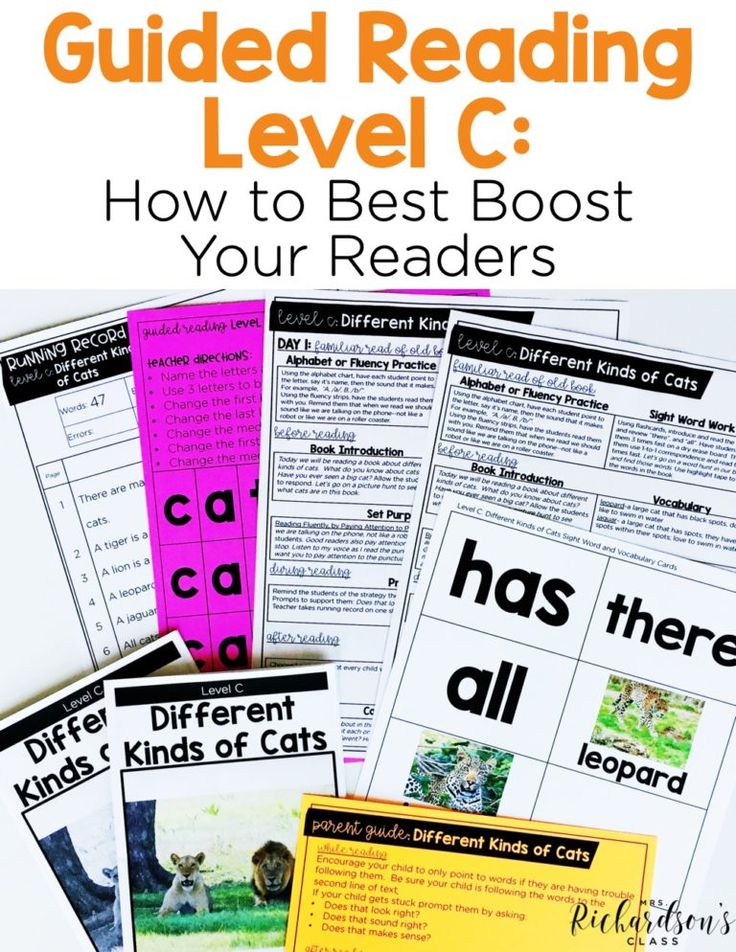
There are some great resources online for finding leveled readers your child will love:
- Find the right books that match your child’s Lexile measure.
- Check out the Accelerated Reader Book Finder if your child uses Accelerated Reading.
- Use the Scholastic Book Wizard to discover a book’s level or to find leveled recommendations.
2. How can I help my child improve their reading?
The short answer — encourage them to keep reading, whether they’re using books or online programs.
The more exposure they have to books, the better. Just be sure to choose book topics that lineup with their interests. Does your second grader love dragons? Try a simple fantasy chapter book. Does your fourth grader adore lemurs? Look for children’s non-fiction books about the creatures of Madagascar. If it’s something they’re interested in, they’ll be excited to read and learn.
If it’s a struggle to get your child to pick up a book, don’t stress! There’s reading to be found everywhere.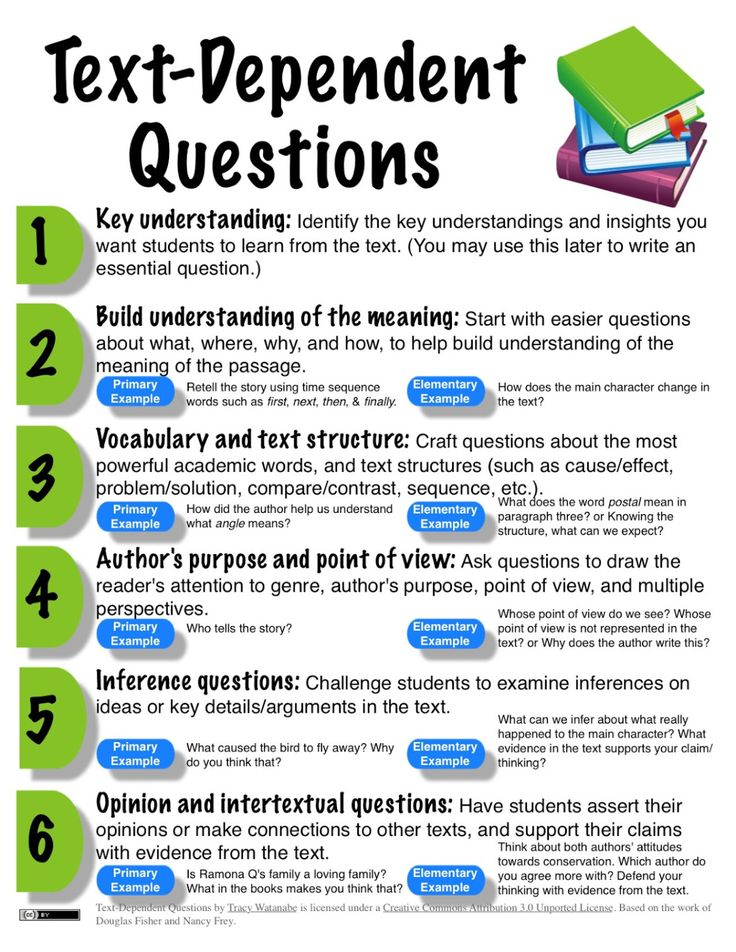 Instead of arguing over reading time, invite your child to play an online game. Role-playing games (and even those online mini-games) require a good amount of reading. Or choose educational language arts games like Prodigy English. Games keep learning fun, and when your child loves learning and reading, they’ll be set for life!
Instead of arguing over reading time, invite your child to play an online game. Role-playing games (and even those online mini-games) require a good amount of reading. Or choose educational language arts games like Prodigy English. Games keep learning fun, and when your child loves learning and reading, they’ll be set for life!
3. What should I do if my child is struggling with reading?
First off, take a deep breath. There is so much pressure on both kids and parents to be reading earlier and earlier. It’s okay if your kindergartener isn’t reading yet. If your third grader is reading at a second grade level, they’ll catch up. Your primary role as a parent is to encourage them to keep trying, and keep their confidence and joy of reading top of mind.
To help encourage young or struggling readers, match them with books they are excited to read. Take them to your local library and let them choose the books that call to them.
If a book is beyond their level, but they just have to have it, let them enjoy it.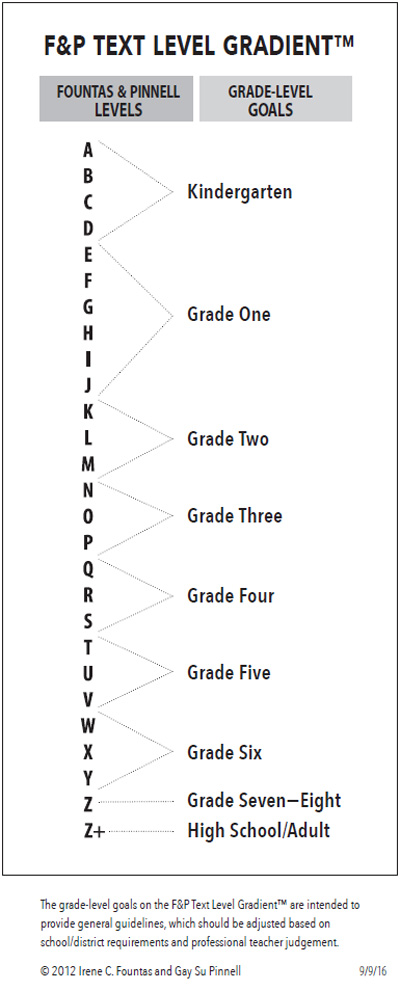 It may be just the challenge they need, or they may simply enjoy the pictures. If it’s too tricky, let them know that you’re available to help. Your child is never too old to enjoy a read-aloud.
It may be just the challenge they need, or they may simply enjoy the pictures. If it’s too tricky, let them know that you’re available to help. Your child is never too old to enjoy a read-aloud.
And don’t forget the reading that happens every day. Have them help you read the recipe for tonight’s dinner. Or ask them to show you their newest video game. Listen as they explain the characters and stories. Reading comprehension presents itself in a variety of ways outside of books and standardized testing.
Above all, remember your child is learning so much more than their reading level score can show. Reading levels can be a great tool, but they are not the only measure of your child’s reading ability. Follow your child’s lead, take the pressure off and watch them grow into reading in their own way.
Reading games and activities can help supplement coursework
Reading can be so much fun! It’s too easy to get caught up in grade levels, whether your child is “ahead” or “behind”.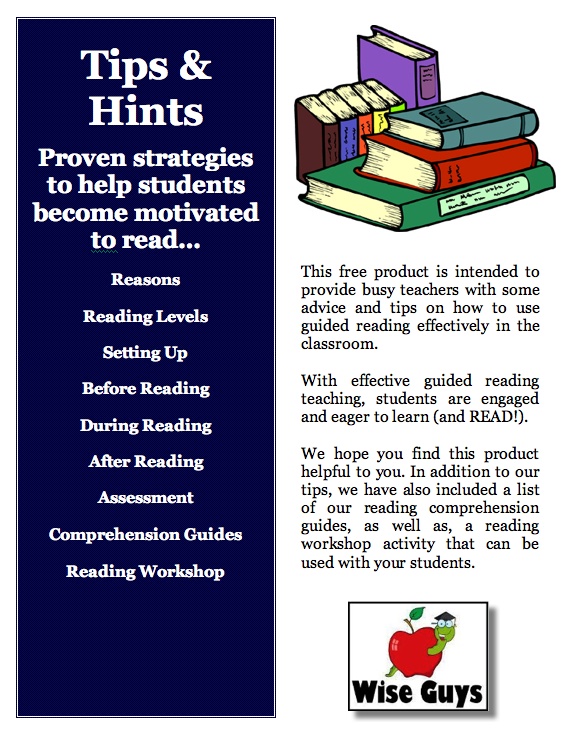 All of this can make us lose track of the magic a good story holds.
All of this can make us lose track of the magic a good story holds.
Bring some of that magic back with fun reading games and activities your kids will love. There are so many ways to read, explore and learn together.
Explore a fun, game-based learning adventure with Prodigy English. While kids play, they'll explore a world of their very own, gathering resources and earning rewards. Every skill-building question they answer gives them more energy to get creative and keep learning!
Sign up for a free parent account today to track and motivate their learning.
Sign up nowHow to understand a complex book? Analytical Reading by Mortimer Adler
If you love to read, then you have probably come across books that are hard to retell. The problem is that the modern school does not teach how to critically read a book, understand its meaning, and especially the main message of the author.
After reading, it seems that there were no problems with reading, but we often cannot retell the main arguments and ideas of the author.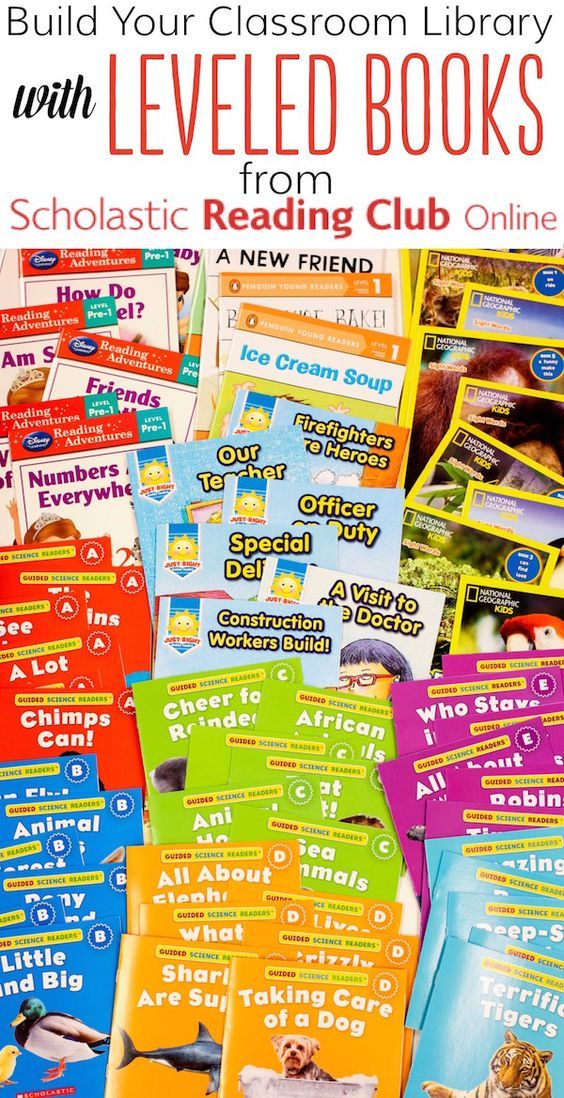 Therefore, the euphoria from the knowledge gained fades away and does not give confidence.
Therefore, the euphoria from the knowledge gained fades away and does not give confidence.
In this article, you will learn what levels and principles of reading are and how to develop them. Based on the stages and rules described below, it will be possible to develop effective reading skills that will help structure thoughts about each book read.
Reading Levels
Our article is based on the recommendations of Mortimer Adler, a philosopher, popularizer and excellent teacher of the 20th century. His advice on how to tame text of any complexity has remained relevant for more than half a century - his textbook "How to read a book" was first published in 1940 and is still being reprinted.
Mortimer Adler (1902-2001) was an American philosopher, educator and popularizer. Peru Adler owns several dozen books and has been the editor of several book series and university educational projects.
Read more on Wikipedia
According to Mortimer Adler, there are 4 levels of reading:
- Beginner level introduces us to text, words and sentences.
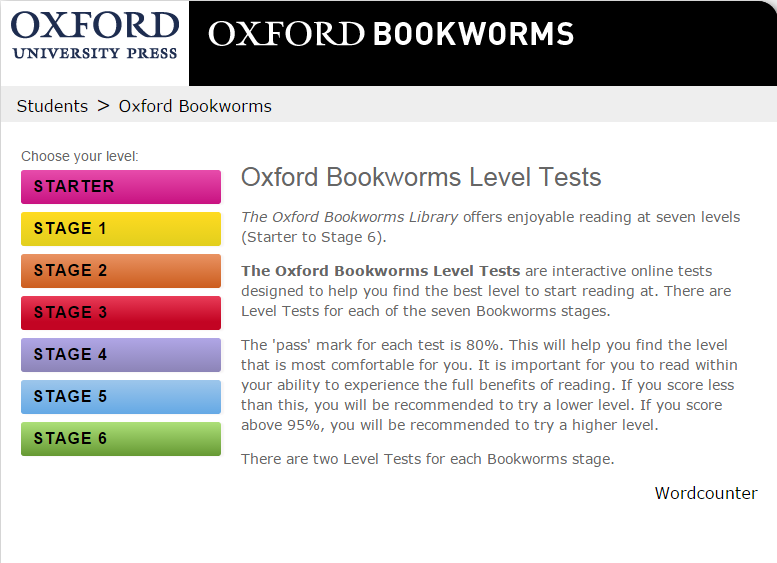
- The introductory level helps to create a general impression, a picture of the book. This helps to better understand the ideas of the author. At this level, the reader can retell the meaning of what they read, but not evaluate it critically.
- The analytical level gives every chance to understand the logic of the author. And only if we understand his arguments can we criticize the book. This level involves the ability to ask questions, see inconsistencies in the ideas of the author, his mistakes and strengths.
- Syntopic level improves our understanding of the problem at the level of several books. After all, it often happens that the problem is the same, but the approaches are different. Therefore, only a developed skill of active reading of books can teach us to be a critical and impartial reader.
The whole truth is that in school we are taught only the first level of reading. Therefore, we can sometimes cope with the task of retelling the text, but rarely it comes to a deep analysis of the author's ideas, as well as to comparison with other books.
At the introductory level, the reader forms a general idea of the book. This gives a skeleton that will help to better understand the author. Since the book cannot fully describe the subject area, this skeleton should indicate the subsequent direction of the author's thoughts, explain which topics he decided to touch on. It often happens that we do not see the big picture behind the details of the book, so at the introductory stage we try to see the “forest among the trees”. Simply flipping through the book, evaluating its headings and subheadings, gives us that necessary skeleton, logic, and main problematic topics to be discussed.
At the next stage - analytical - this "skeleton" will be a tool for "building muscle", that is, information. Only having mastered this level, one can consider oneself competent and in the right to criticize the course of the presentation of the book. The analytical level has three stages:
Stage 1. The big picture
The features of the first stage of analytical reading are very simple.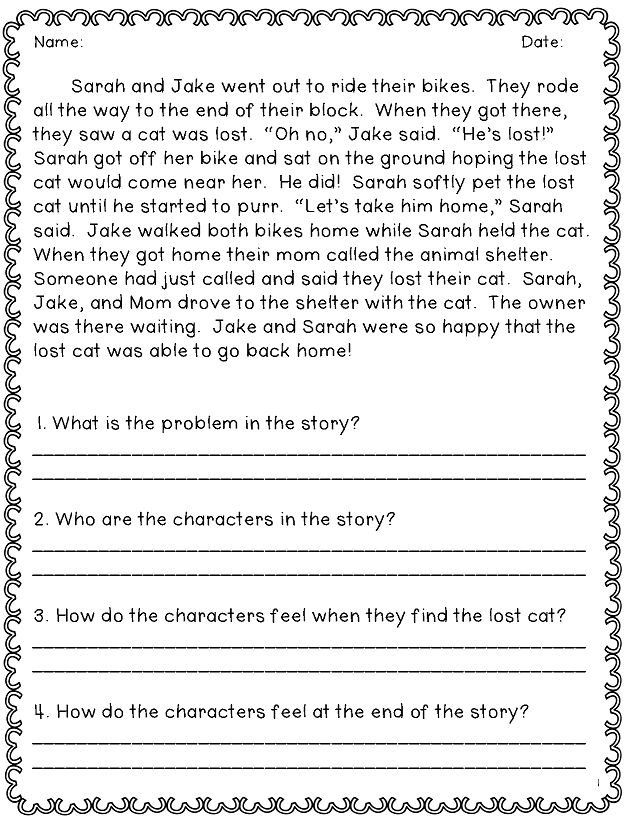 This is the most general information to know about a book when we are asked, "What is the book about?". The main reason why you need to be able to do a short explanation of the essence is because it is effective. Usually, no one wants to listen to a 20-minute talk about every book. You need to be able to interest the interlocutor with a short text. To learn how to make a big picture about a book, it is important to follow four rules:
This is the most general information to know about a book when we are asked, "What is the book about?". The main reason why you need to be able to do a short explanation of the essence is because it is effective. Usually, no one wants to listen to a 20-minute talk about every book. You need to be able to interest the interlocutor with a short text. To learn how to make a big picture about a book, it is important to follow four rules:
- Find out the subject area or areas to which the book belongs.
- Describe as briefly as possible whether this book is about personal growth, about relationships, or about effective investments.
- It is easy to tell what the book is about by making a short description based on the sections of the book itself (and the sections of the book are often our "skeleton").
- Each book has a task - one or more. If the author himself does not indicate his goals, they need to be found.
Stage 2. Understand the message and logic of the author
After we understand the general features of the book, we need to find its logic. A book always consists of the author's thoughts, which are confirmed (or refuted) by facts. At this stage, you need to learn to look for the "handwriting" of the author, his voice, which is in the most important categories, judgments and arguments.
A book always consists of the author's thoughts, which are confirmed (or refuted) by facts. At this stage, you need to learn to look for the "handwriting" of the author, his voice, which is in the most important categories, judgments and arguments.
This approach will help interpret the book, understand the main contribution of the author to a particular area of knowledge. This will set him apart from other writers or researchers. You can usually find the author's main thoughts with:
- keywords;
- main propositions that make up arguments;
- arguments that the author uses to build his judgments.
Also, in order to understand the author's logic, it is necessary to evaluate how well he solved the tasks set for himself.
Stage 3. Professional criticism
Only after we understand what kind of book it is and what contribution the author was trying to make when writing it, we can begin to criticize. This is the most important and difficult thing: how to criticize professionally and productively?
In order to remain impartial and not get personal, one must not only adequately assess the contribution of the author, but also be able to explain correctly where his proposals and arguments are weak.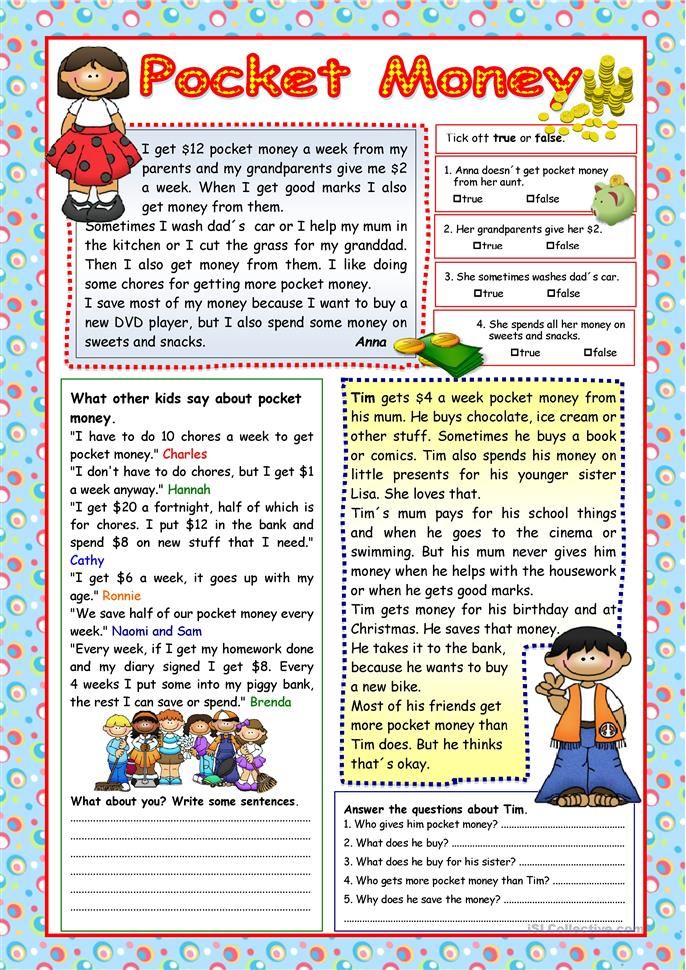 Following the following three rules, you can be sure that you will not go beyond ethical standards:
Following the following three rules, you can be sure that you will not go beyond ethical standards:
- Criticize only when you fully understand the author's proposals. Otherwise, you need to clarify, ask again. Or just say that something is poorly explained.
- If you have any contradictions with some position and if you are ready to criticize, you need to be ready to confirm your proposals with facts and state them logically.
- If the author missed important points, was ill-informed, or misinterpreted the data, it is not enough to just say, "You're wrong." You need to explain why his point of view, in your opinion, is wrong.
Only after understanding the book at the analytical level, it can be analyzed at the next level - the syntopic level, at which the books are compared with each other. It is by uniting all four stages of reading that one can have an independent way of thinking.
What is all this for?
If you want to be an active reader, analytical approaches are indispensable here.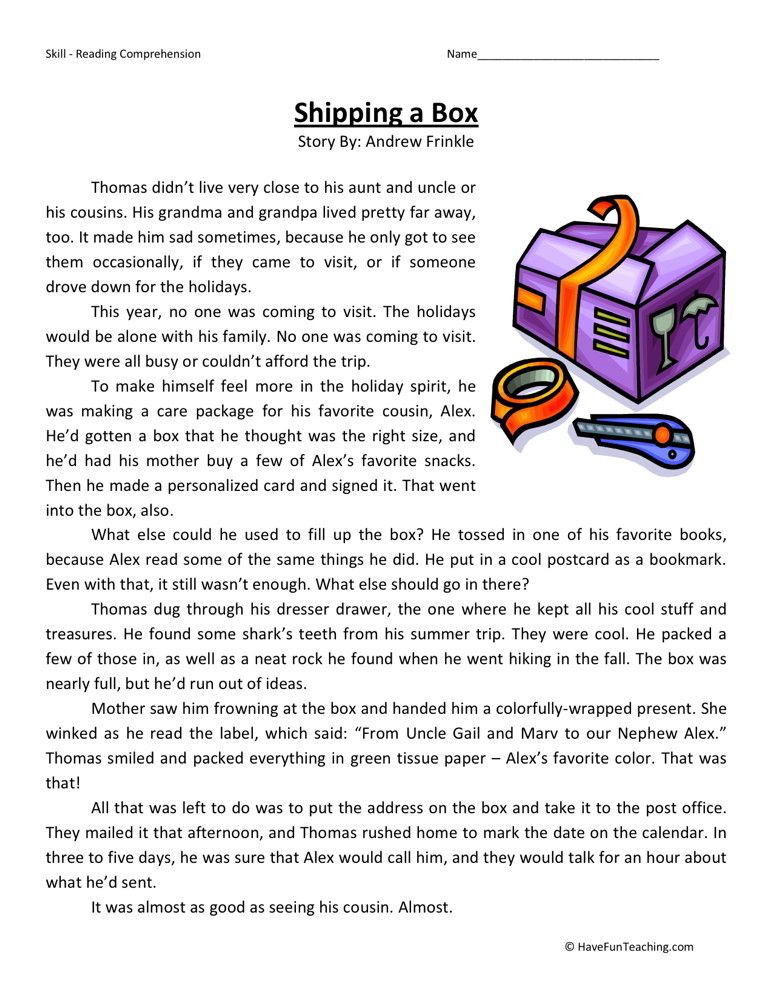 Anyone can be a smart and critical reader. It's a skill. The same as singing, planning a daily routine or speaking a foreign language. Absolutely all skills can be developed in yourself.
Anyone can be a smart and critical reader. It's a skill. The same as singing, planning a daily routine or speaking a foreign language. Absolutely all skills can be developed in yourself.
But not everyone wants to develop new habits. And although at first it seems that it is difficult, it only seems. In fact, all stages of reading and their rules are active reading approaches that, after prolonged use, move to the level of automatism.
With these rules for analytical reading, a complex book will no longer seem overwhelming or confusing. It must be remembered: every author wants to be heard, and it depends only on us whether we will understand him.
Keywords:1Speed Reading
Author: External Author
How to Read and Discuss Books
Let's take a closer look at each way of reading.
1. Elementary reading
This is the level of reading taught in elementary school, that is, putting letters together into words.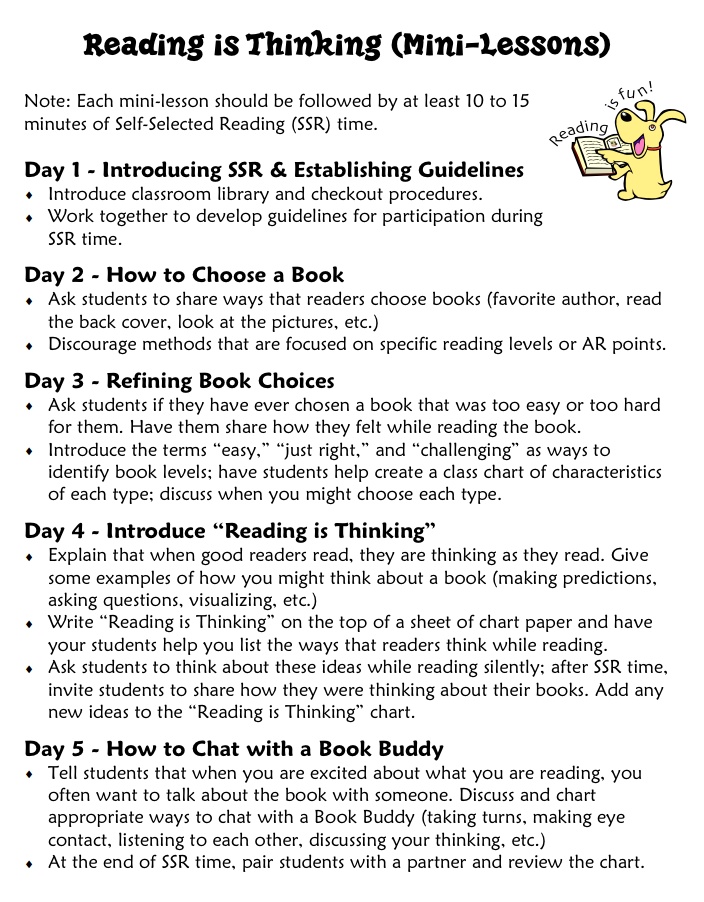 If you are reading this article, you have mastered this skill.
If you are reading this article, you have mastered this skill.
2. Inspection (introductory) reading
Inspection reading is suitable for working with large amounts of information. It includes a quick introduction to the contents of the book by reading the preface; studying the table of contents; front and back of the book cover. In the inspection method, a conclusion with the main conclusions is also visible. It is clear that this method is not suitable for reading fiction, but it will do for business and popular science. Also, with this method of reading, it is useful to study reviews of the book. Inspection reading also includes reading across the sheet, when you quickly familiarize yourself with the text without comprehending it.
3. Analytical reading
Analytical reading involves the intense involvement needed to understand what is said and meant in a book. In analytical reading, you not only get acquainted with the text, but also carry out preliminary work on the study of the author, genre, context of a literary work.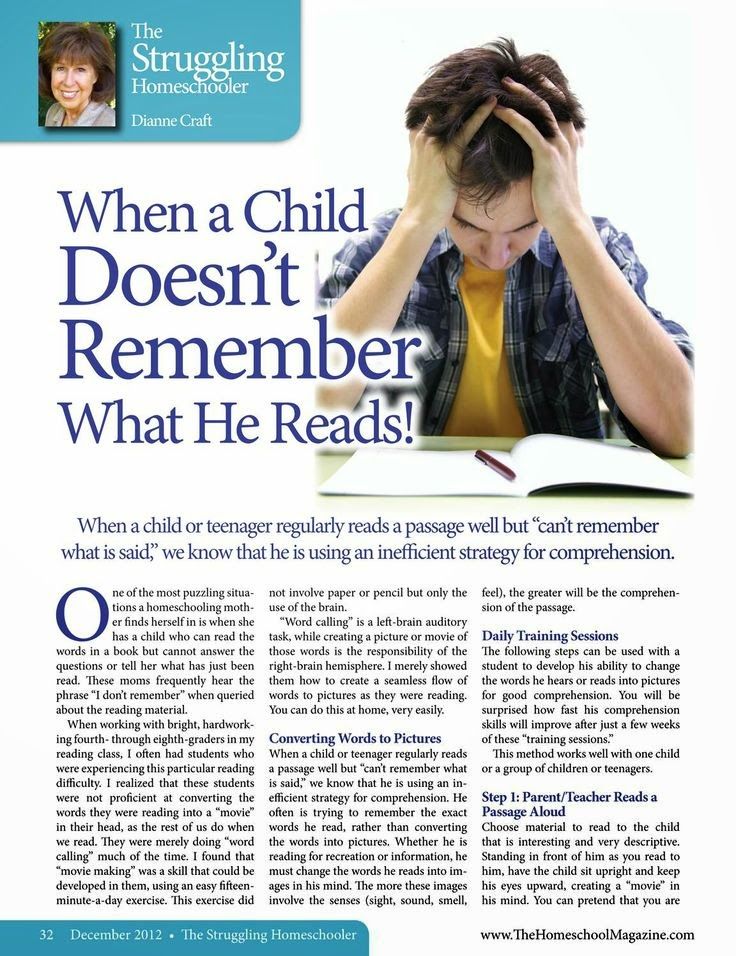 While reading, the reader should ask himself the following questions:
While reading, the reader should ask himself the following questions:
● What is the meaning of this paragraph?
● How does this information relate to what I already know?
● What does the author say about ...?
When you ask yourself questions while reading, you constantly evaluate what has been said. When reading, take a longer pause after a difficult piece of text. Make sure you fully understand what the text says; break the text into smaller chunks; look for words you don't understand; summarize what you read and also discuss the text with someone. These steps will help you fully process and understand this piece before moving on. After reading, analyze the book, identifying its main ideas and value.
Analytical reading is instilled in literature classes at school, when you first learn the biography of the author and the time in which he lived. Then read the text and discuss it with the teacher. This process ends with an essay on the topic. As an adult, it is not necessary to write an essay in order to analyze a book well. However, it is important to go through the preparatory and final stages at least minimally, having studied one or two links, in order to get a complete picture.
However, it is important to go through the preparatory and final stages at least minimally, having studied one or two links, in order to get a complete picture.
4. Research (syntopic) reading
The most difficult reading of all, most suitable for scientific activities in the field of comparative literature, but can also be used in everyday reading. In this case, reading books becomes a hobby. Syntopic reading involves reading many books on the same topic, and comparing and contrasting authors, their ideas, the vocabulary of the text, etc. The purpose of research reading is not to achieve a general understanding of any particular book, but is to study a certain aspect that is common to several books. This task is solved by comparing passages, translating terminology, formulating questions, defining the problem. Specifically, there are five basic steps to exploratory reading.
● Search for suitable passages. You need to find books that are relevant to the topic, and then select the passages from them that best suit your needs. This is where inspection reading comes into play.
This is where inspection reading comes into play.
● Search for keywords. In analytical reading, you must identify key words or concepts and how they are used by the author. The process of finding similar concepts is quite difficult, as each author is likely to use different terms and concepts to formulate their arguments.
● Clarification of questions. Instead of focusing on the problems the author is trying to solve, you need to focus on the questions you want answered: why does the author describe the character in this way, why does he use this particular era?
● Problem definition . If you have asked a clear question, to which the authors have answers, then the problem and the literary source have been identified correctly. Different authors may have completely opposite points of view on the problem.
● Shaping an opinion. It is presumptuous to expect that when analyzing a text, there will be at least one indisputable truth.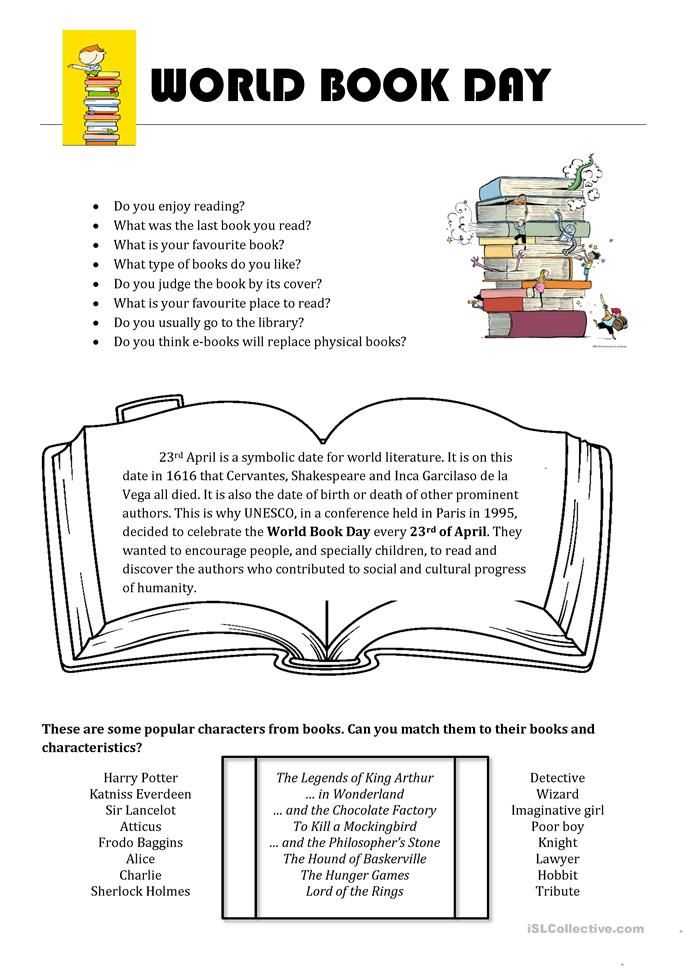 But from several opinions of the authors, you can form your own informed opinion.
But from several opinions of the authors, you can form your own informed opinion.
How to Discuss
Book discussions are a great way to spend time where book lovers can get together, analyze and have a lively discussion about plot twists, character flaws, and ending meanings. Here are some examples of questions to ask yourself and others after reading this book.
1. What was your initial reaction to the book? Did it hook you right away or did it take you a while to sink into it? These questions will give you a starting point for analyzing and discussing the book.
2. Do you think the story focused on plot or character? From here you can either delve into a discussion of the character's qualities and actions or plot twists that especially hooked you and other participants in the discussion.
3. What is your favorite quote or passage from a book? One of the most interesting things about discussing books is finding out what parts of a book or what statements get other people's attention. Ask each member of the discussion to read a favorite passage or quote aloud. This will not only give you the opportunity to refocus on important points in the book, but also interpret them in a whole new way.
Ask each member of the discussion to read a favorite passage or quote aloud. This will not only give you the opportunity to refocus on important points in the book, but also interpret them in a whole new way.
4. What made the place, time, and setting unique or important? Could the story take place somewhere else? In many books, the setting and the era are a defining part of the story, sometimes acting as a separate character. Use this question to find out how the setting influenced events in the book's plot.
5. What topics of the book have become defining? What is the most important topic in the book? These questions are too similar to the elements of a literary essay, but nevertheless they are important and often lead to a good discussion.
How to participate in the discussion
1. Watch your speech. Try to avoid words like "terrible" or "idiotic" when discussing books.


